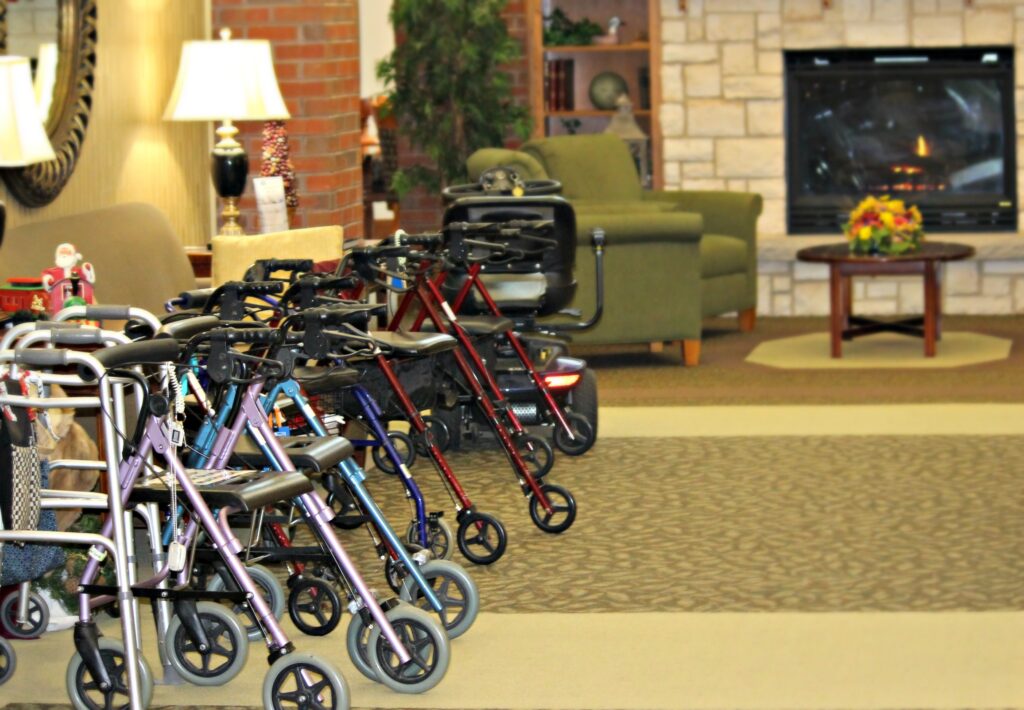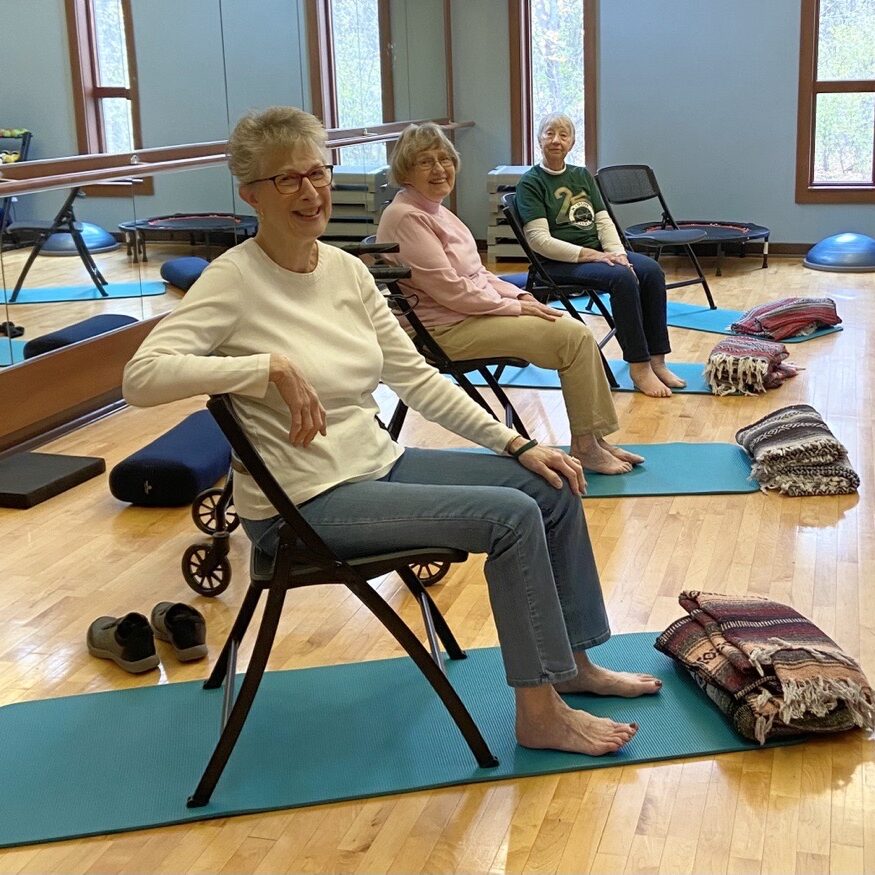Buying a Walker or Rollator?
10 Points to consider prior to your purchase

Making a big purchase is never a simple task, particularly when it applies to one’s wellbeing and the ability to maintain regular daily activities. The task of purchasing the right walker can seem daunting, as there is much to consider. Do you opt for the version with wheels or slides? What height is best? Is it worth it to pay for extra features?
We’ve compiled some of the best advice our therapy department has given regarding walkers over the many decades we’ve been providing service to seniors. Take it from them – they’ve seen a walker or two in their day!
- Trust an expert who knows you! We can’t stress enough how important it is to ask a physical or occupational therapist to offer suggestions on the type that will be the most beneficial for you. They’ll be able to offer adjustments and safe usage instructions with your new device, as well. A walker that’s not quite right for someone can often be more of a safety concern than no walker at all.
- Understand the differences between the following:
- Standard / Medical Walker: very sturdy, has no wheels, and must be lifted to move.
- Rolling Walker: similar to a standard, but with wheels, either on the front only or both front and back (but never on the back only). Slightly less stable than a standard walker, but simpler to maneuver.
- Four- or Three-Wheeled Walker or Rollator: a version with a wheel on all 3 or 4 feet, has hand brakes to help stabilize. Many come with a basket, bag, and/or seat.
- Evaluate how you plan to utilize your walker. Identify when, where, and how often you envision using it, and be prepared to discuss this with the professional assisting with your purchase. If you tend to travel over uneven surfaces or outdoor areas often, a walker with wheels is recommended. If you are lacking in upper body strength, you may wish to avoid a standard walker without wheels, since lifting for every step can be tiring. If you are limited in the amount of weight you can put on your legs and require maximum support for walking, wheels may not offer the stability you need.
- Understand that more stability usually means less maneuverability, and vice versa. As a general rule, it’s a good idea to consider a walker that gives you the most maneuverability while providing enough stability to ensure you stay safe.
- Know that walkers do not move you, you move them. Even with wheels – you and your muscles are in control of the pace and direction of the walker. This means that someone lacking the cognitive ability to maneuver a walker may be unsafe to use one.
- Understand height recommendations for your new walker. Nearly every kind of walker today offers some element of height adjustability, but know that your height should fall within the middle of the range on your equipment. If you wore different shoes or were ambulating on a different surface than usual, you’d want some wiggle room in the height adjustment.
- Know your width requirements. If your home has a narrow bathroom door or hallway, for example, you’ll want to have that stat handy and consider it with the walker you purchase.
- Consider how easy it is to fold and pack up. If you consider how often you’ll want to fold and slide your walker into a coat closet to take a seat, or put it in your trunk to take on a car ride, the ease with which your new walker folds up is paramount.
- Inquire about the correct way to use your walker, including safety tips and habits to get into, like always locking your brakes when not in use, for example. Ask the medical supply store or a trusted medical professional to work with you on safe maneuvering techniques, and/or provide you with resources to become informed.
- Consider an add-on accessory for your walker to make it even easier to get around. Many people find that a tray, bag, grip covers, or upgraded glides for the walker feet enhance its functionality immensely. A foam grip cover may be a perk if you have trouble grasping, or a tray may help accomplish tasks such as getting the mail or carrying a bag, for example.
Once you’ve made your purchase, you will undoubtedly enjoy the increased endurance, mobility, and accessibility that the right walker provides. The world is yours – now go after it!




